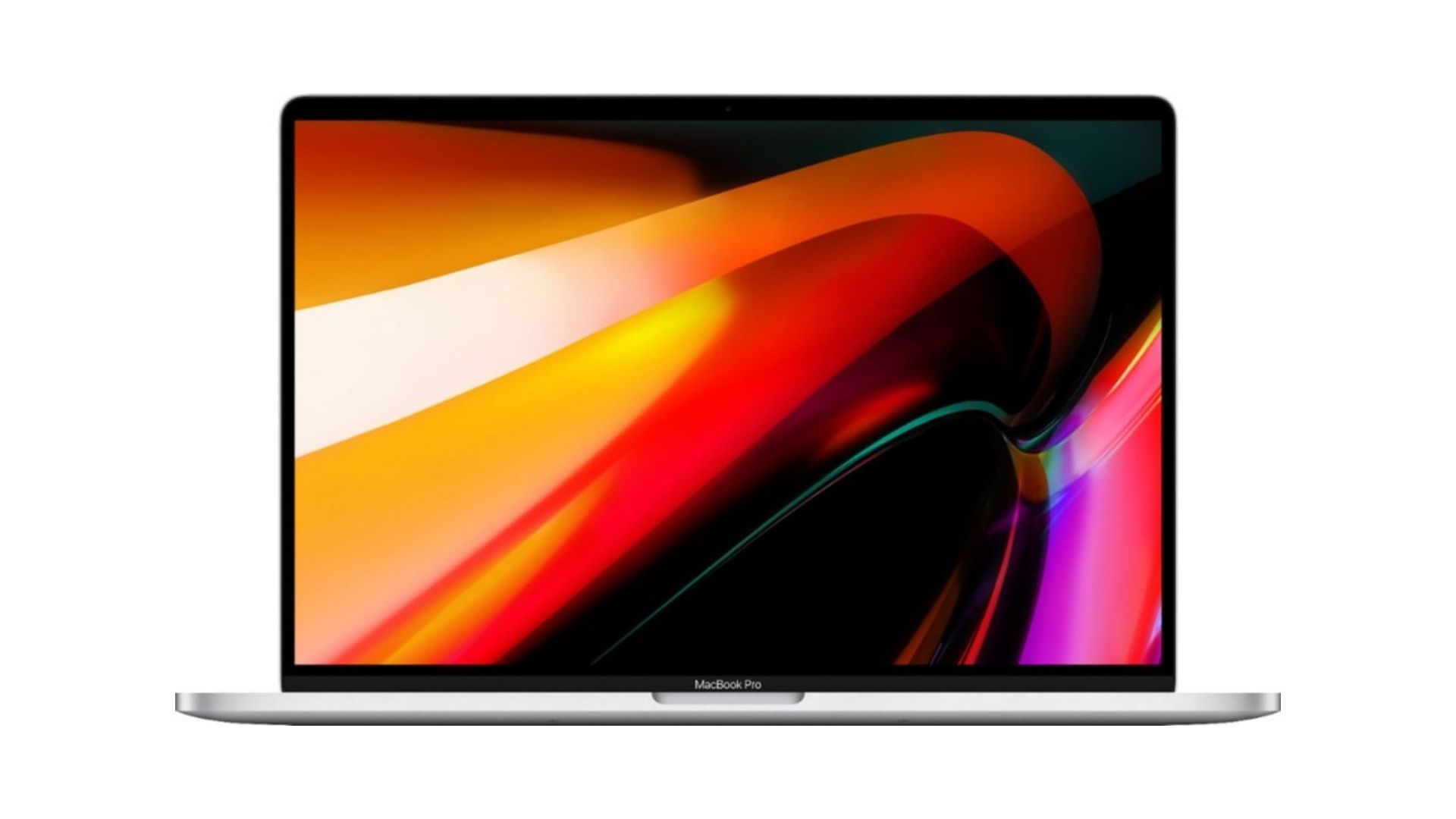Affiliate links on Android Authority may earn us a commission. Learn more.
How to format an SD card on any device
Published onMay 15, 2023
SD and microSD cards are a de facto part of modern tech, especially for transferring large photo, video, and music files. Sometimes it’s necessary to format a card to clear room, or make it compatible with a particular device — below, we’ve got a quick guide to formatting with Android, Windows, Mac, DSLR/mirrorless cameras, and GoPros.
JUMP TO KEY SECTIONS
How to format an SD card on Android
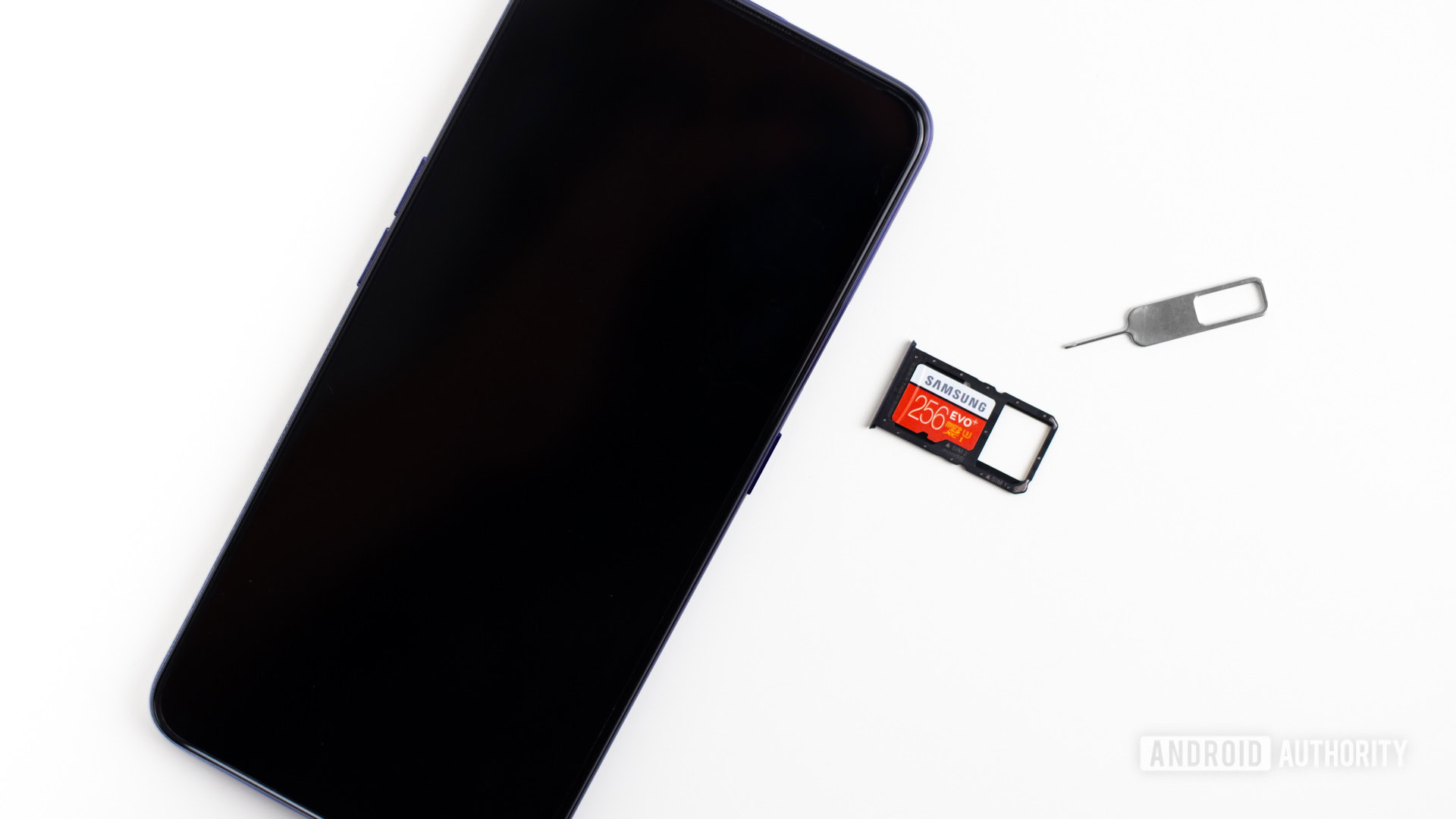
With Android devices, you have the choice of formatting for portable or internal (adoptable) storage. The latter adds the option of installing apps on your card, but you then can’t transfer a card between devices without reformatting.
To format an SD card for Android:
- Backup any essential personal files on the card.
- Insert the card into your Android device, and tap on the notification SD card detected.
- To format for portable storage, tap Format. For internal/adoptable storage, choose Format another way.
- One formatting is complete, select Move content to shift files to the card right away. Otherwise, tap Move content later.
You’re not stuck with portable or internal formatting. To change things later:
- Open the Settings app.
- Select Storage > SD card.
- Tap the Menu (triple-dot) icon in the top right.
- To switch from portable to internal, choose Storage Settings > Format > Format another way > Format. To switch from internal to portable, just use Format > Format card. Bear in mind that either option will affect installed apps and files. Move that material elsewhere first if you don’t want it deleted.
How to format an SD card on Windows
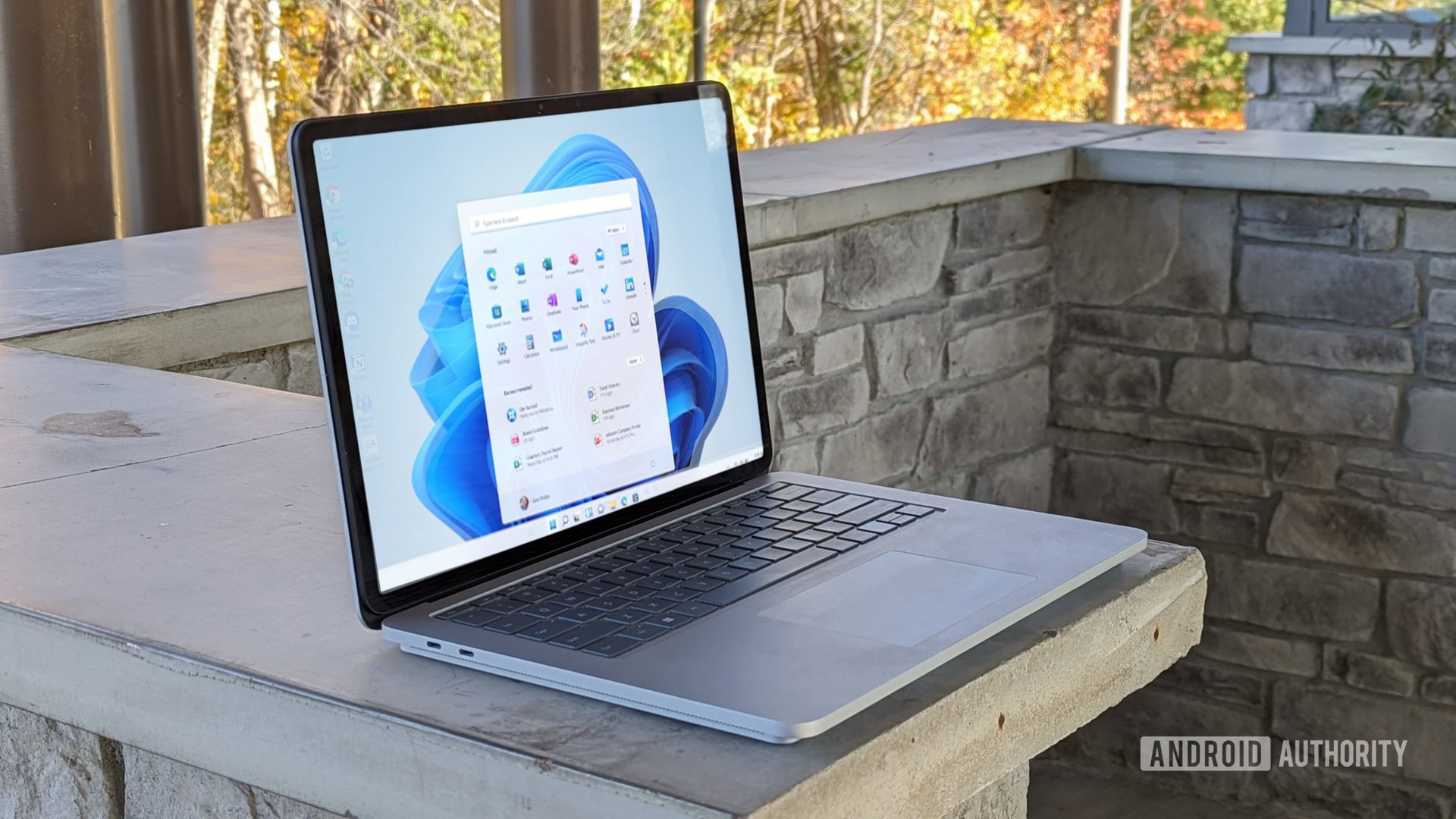
The process on Windows PCs is extremely simple:
- Backup any essential personal files on the card.
- If it’s not already there, insert the card into an SD slot or reader.
- Locate the card in File Explorer and right-click on it.
- Click Format.
You’ll be prompted to choose a file system. Generally speaking you should stick with exFAT, which is default on many SD cards and supports capacities over 32GB. Only choose something else if you know your target device doesn’t support exFAT, in which case you’ll need to learn what formats it does allow.
You’ll also see an option called Quick Format. This is preferable if you want speed and you’re reasonably sure the card doesn’t have bad sectors. To be certain a card will work however, toggle this off — just expect to wait longer while your PC scans for errors.
How to format an SD card on a Mac
The Mac process is a little more complex:
- Backup any essential personal files on the card.
- If it’s not already there, insert the card into an SD slot or reader.
- Open the Applications folder in the Dock and select Utilities > Disk Utility. Alternately, open Spotlight and just search for “Disk Utility.”
- Select your SD card in Disk Utility from the sidebar menu, then click Erase in the app’s toolbar.
- It’s not necessary, but adjust Security Options if you want to control how recoverable your old data will be. Normally you should pick Fastest, which makes recovery easy and shortens formatting time. Only steer the slider towards Most Secure if it’s vital that third parties stay in the dark.
- When you’re ready, click OK.
- Name the card, then open the Format drop-down menu. You should almost always select exFAT, but if the card is 32GB or less, you can also use MS-DOS (FAT).
- Click Erase, and wait for the format to complete.
How to format an SD card on a DSLR or mirrorless camera
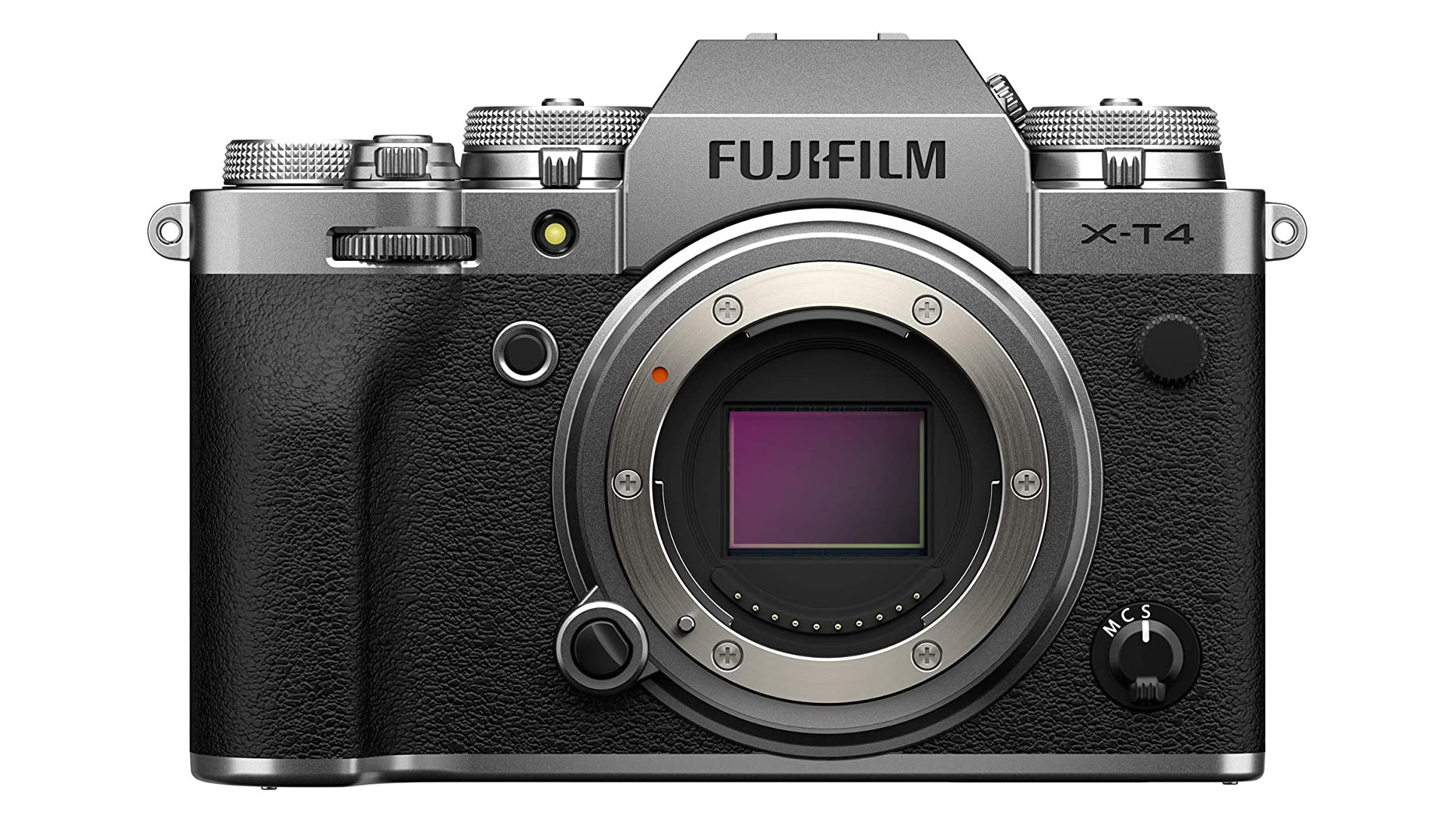
There’s no one-size-fits-all approach here, since each brand uses its own software, and instructions can vary on a per-camera basis. That being said there’s usually a “format” option in any pro camera’s settings menus, so all it takes is a little exploration.
Once it’s found, select the option when your card is inserted. Be sure you’ve already backed up any photos or videos you shot to a computer, tablet, or external drive.
How to format an SD card on a GoPro
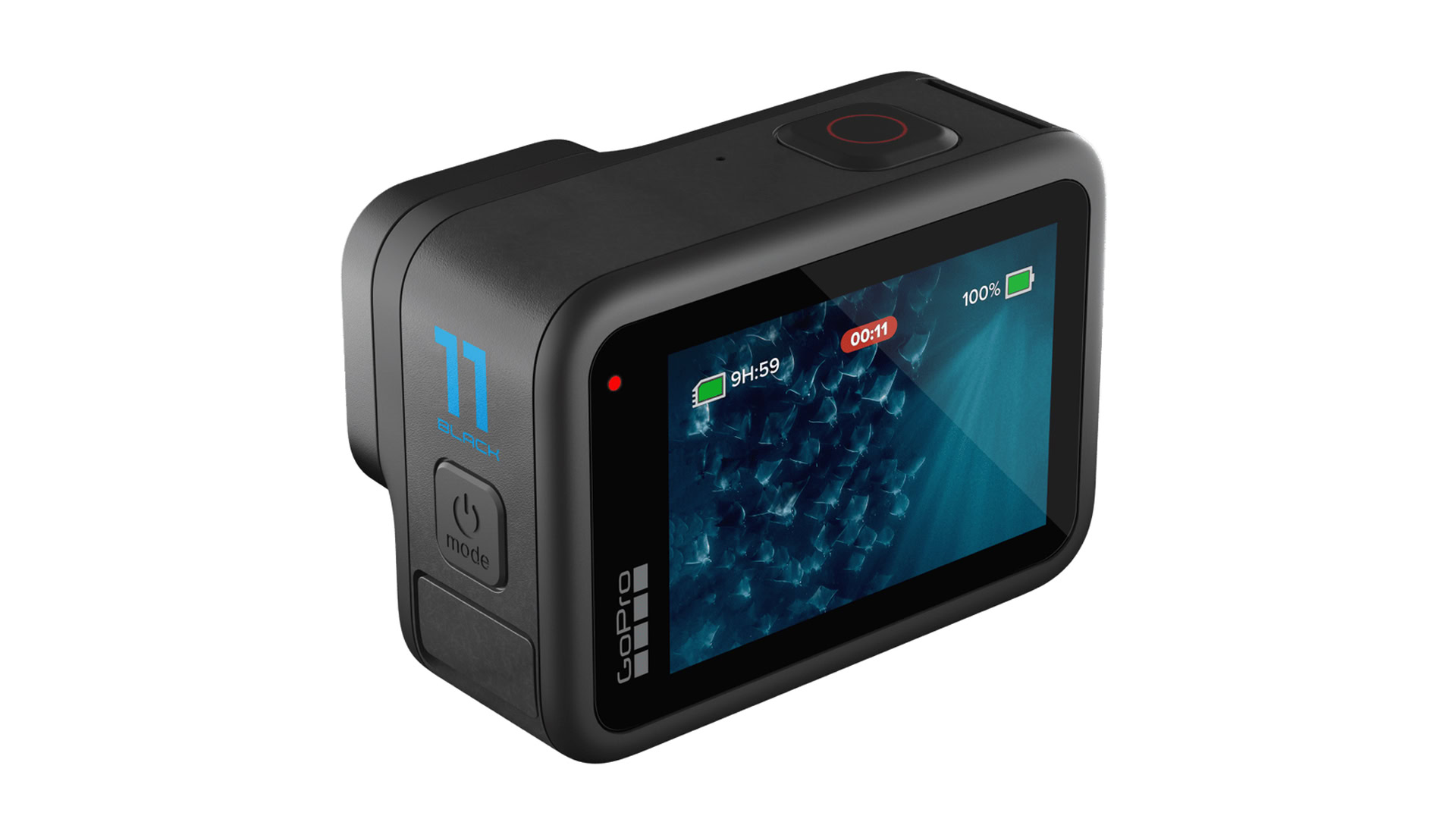
The following steps apply to cameras from the Hero 7 onwards:
- Backup any photos or videos on the SD card.
- With the card inserted into your GoPro, power the camera on, and launch the menu on the rear-facing screen (usually with a swipe down, but a side button on the Hero 7).
- Select Preferences.
- Scroll down and tap Reset.
- Tap Format SD Card.
FAQs
Yes, and that’s often the main purpose. The only other one is converting to a different file system, e.g. switching from exFAT to FAT32.
In some cases no, such as on a PC, but many devices won’t let you use a card otherwise. Android phones will automatically prompt you to format before you can transfer files or apps.
